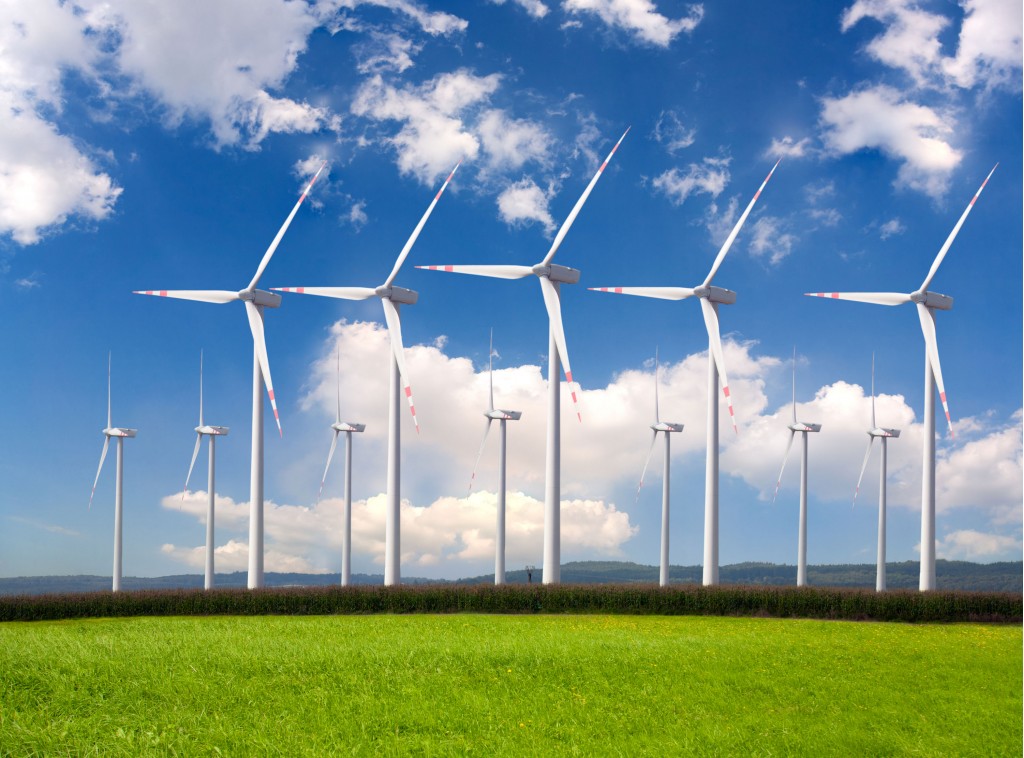U.S. renewable-energy generating capacity is not only growing, but it is beginning to erode coal's share of the electricity-generating mix, according to new data from the U.S. Department of Energy (DOE).
The agency predicts renewable energy—particularly solar power—to continue growing.
At the same time, a combination of renewable energy and natural gas are expected to further decrease the amount of coal used to generate electricity.
DON'T MISS: Renewable energy growth accelerating, says International Energy Agency
In 2017, renewable energy should account for 9 percent of U.S. electricity-generation capacity, according to the DOE's most recent Short-Term Energy Outlook.
That's up from 8 percent this year, the agency says.
Solar power is expected to account for most of the anticipated growth.

wind farm
Congress renewed a solar tax credit earlier this year, which may have helped increase demand.
Uncertainty over whether the tax credit would be renewed created pent-up demand, which in turn has helped solar achieve record growth in 2016, Doug Vine—senior energy fellow at the Center for Climate and Energy Solutions—told Grist.
ALSO SEE: Smallest state poses big question: natural gas or renewable energy?
Aside from solar, wind generating capacity is expected to grow about 8 percent in 2017, compared to 15.5 percent growth for 2016.
Despite the anticipated growth in wind and solar, though, natural gas is likely doing the most to displace coal, according to the data.
It is anticipated that natural gas will account for 35 percent of the 2016 U.S. generating mix, while coal will account for 30 percent.
![Natural gas flaring from oil well [licensed under Creative Commons from Flickr user Sirdle] Natural gas flaring from oil well [licensed under Creative Commons from Flickr user Sirdle]](https://images.hgmsites.net/lrg/natural-gas-being-flared-from-oil-well-licensed-under-creative-commons-from-flickr-user-sirdle_100443858_l.jpg)
Natural gas flaring from oil well [licensed under Creative Commons from Flickr user Sirdle]
Natural gas' low average price has helped it gain ground against coal in recent years.
MORE: DoE energy-loan program (notorious for Solyndra) now turning a profit
It produces significantly lower levels of greenhouse-gas emissions than coal, but is still not as clean as solar or wind.
The DOE report follows a recent survey by the International Energy Agency (IEA) that also returned good news for renewable-energy advocates.
The IEA anticipates 13 percent greater renewable-energy growth between 2015 and 2021 than another forecast published last year.
_______________________________________________











